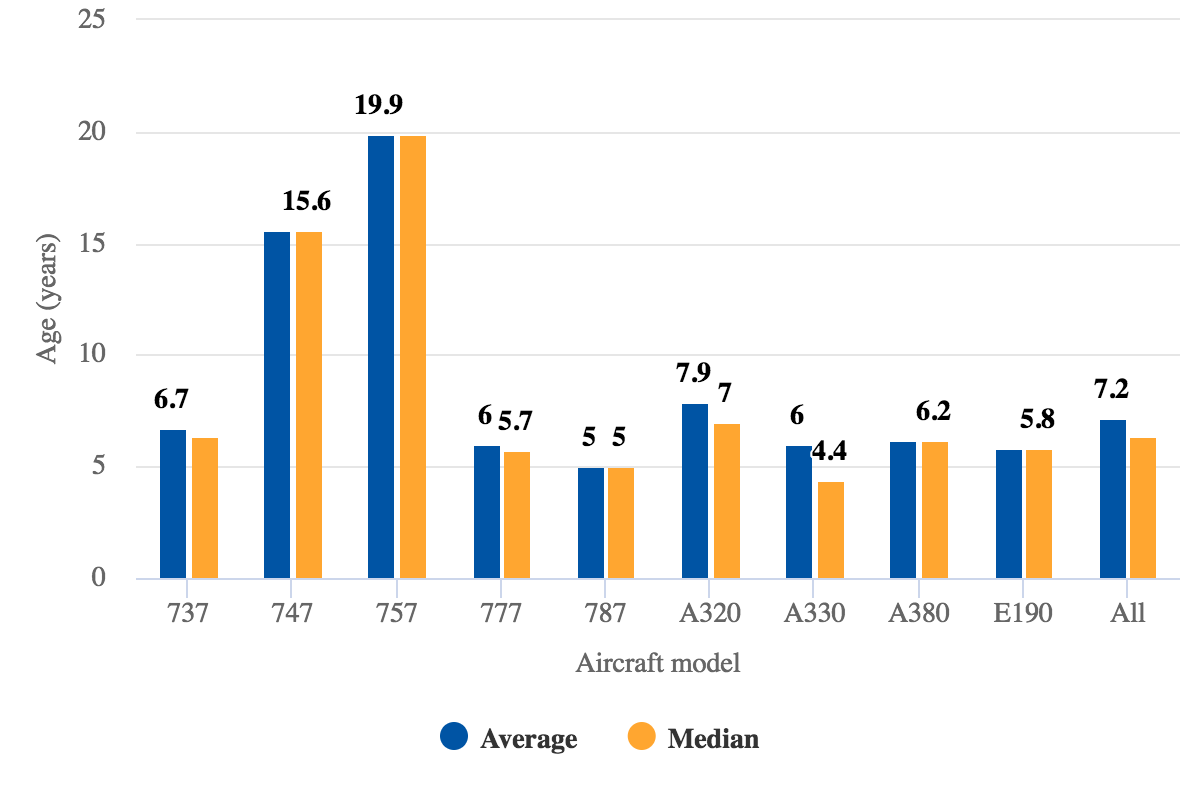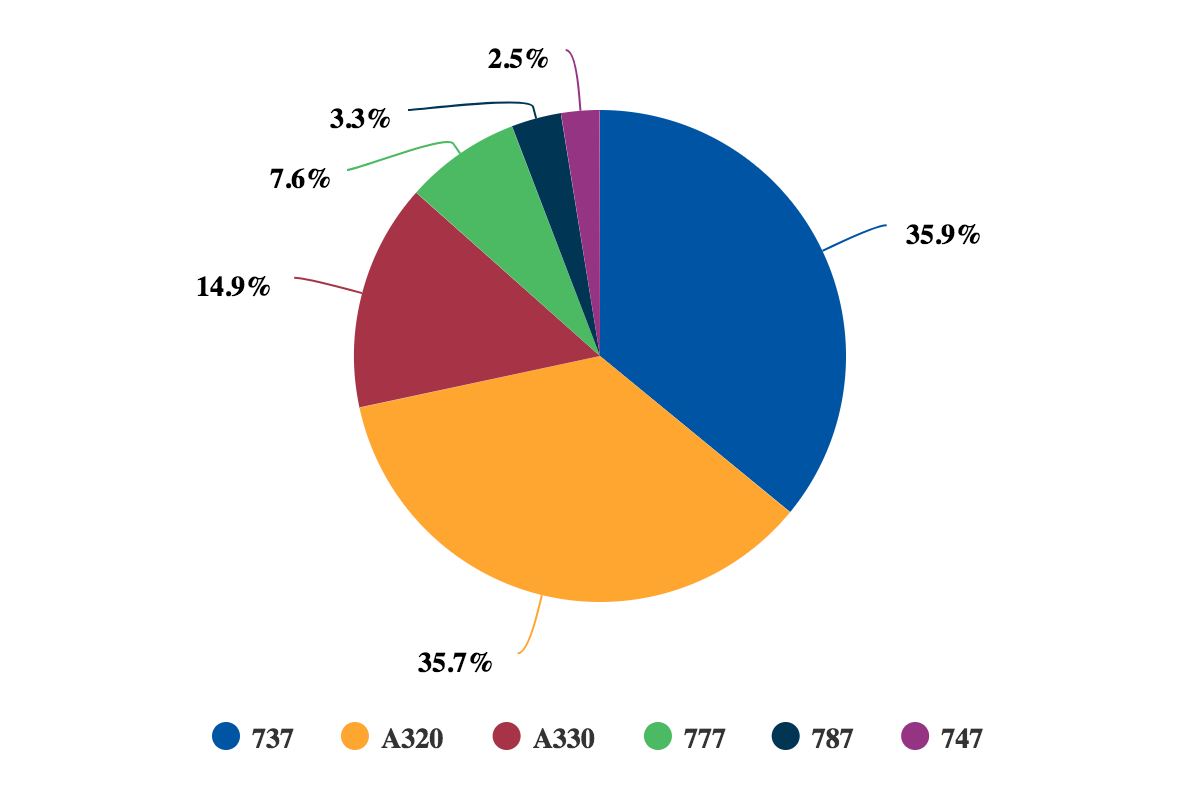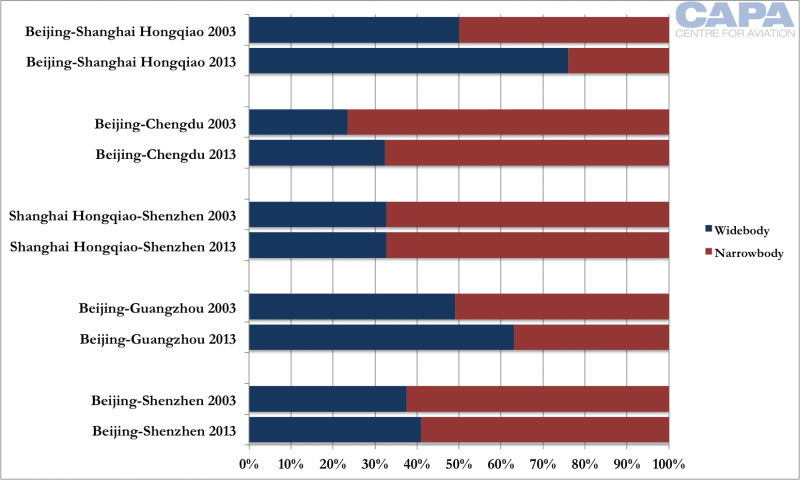Excellent article via Emperor from CDF
The West has ushered in a world order it does not like
Washington's serious chat with European allies is long overdue
America's "fair and reciprocal trade" is a good interim solution
Rescuing the West's world order is a tough call
Dr. Michael Ivanovitch | @msiglobal9
CNBC.com
In spite of giving the world the currency it needs and making a net contribution to the global economy of 10 trillion dollars over the 27 years since the end of the Cold War, America is accused by its European allies of a selfish withdrawal from world affairs.
With an eye to their 30 billion-euro trade deficit with China, the French are celebrating their president's "significant visit" to Beijing as an opportunity to reset Europe's terms of trade with the Middle Kingdom in a "vacuum created by American isolationist and protectionist policies."
The Germans are furiously envious of that Gallic triumphalism. They are headlining the stories that Emmanuel Macron's visit was a 16th page news in a Chinese government newspaper (Global Times), and that the human rights and democracy lessons were conspicuously absent from the Sino-French dialogue — such French delicacies, reportedly, being left for visits by Vladimir Putin and Turkey's President Tayyip Erdogan.
As an aside, it seems that German political leaders rushed to conclude exploratory coalition talks last week because they just could not take the "power vacuum" created by the interregnum since inconclusive elections last September. They were urged to close a deal by media calls that it was "Time for Germany to learn to lead," as the caretaker Foreign Minister Sigmar Gabriel warned: "We are seeing what happens when the U.S. pulls back."
Reciprocity? Pragmatism, says China
And here is what happened: The French and the Germans are aping America's belated push for a "fair and reciprocal" trade policy.
Reciprocity is the term Macron repeatedly mentioned in his public speech and news briefings during his visit to China. That merely echoed months of German complaints about China's failure to observe the principle of reciprocity in bilateral trade and investment relations. Berlin, in fact, backed up its displeasure about barriers to market access in China with a refusal to approve new Chinese takeovers of German companies.
And what was China's reaction to Macron's call for reciprocity? President Xi Jinping smiled broadly, never acknowledging the principle of reciprocity, while his sidekicks warned Macron that he had to be "pragmatic" if he wanted to benefit from China's "win-win cooperation" in areas where that might suit Beijing's needs and interests.
Why would China do anything else? Europeans are running over each other to get scraps of wealth and technology America transferred to China ever since the former paramount leader Deng Xiaoping initiated economic reforms in late 1970s by saying that "if you open the windows for fresh air, you have to expect some flies to blow in."
A few hours after taking leave of Macron last Wednesday, Xi was busy hosting a large delegation of parliamentary leaders from Nordic and Baltic countries seeking "high-level exchanges and deeper cooperation." A day later, that was followed up by a tweet from former U.K. Prime Minister David Cameron about an "excellent meeting & enjoyable dinner with President Xi Jinping" to promote the "golden era" of Sino-British relations.
No, there is no "void" left by America. Washington is all over the map, but the map and the territory have changed. The economic development and a liberal system of global trade and finance, tirelessly built and promoted by America, have created new centers of power that are resisting the West's world order.
The U.S. is trying to deal with that by protecting its economy from abuses of free trade, magnified by cyclically uncoordinated economic policies that the G-7 and, subsequently, G-20 were supposed to avoid through permanent consultations at ministerial and summit meetings.
Have a chat with European allies
At the center of that international policy coordination were relatively simple rules of trade adjustment: Surplus countries, typically running low inflation and balanced public finances, were expected to stimulate their domestic demand with lower interest rates, tax cuts and/or larger government spending. That would raise their import demand and cut down trade surpluses. Conversely, deficit countries, typically experiencing high inflation and a rising public debt, had to restrict their domestic demand by raising interest rates, taxes and/or reducing government spending. More production would then be left for exports to narrow the trade gap.
That symmetric trade adjustment mechanism, set up by Bretton Woods Agreements in 1944, was ignored by surplus countries, while deficit countries had to adjust because they would run out of money. Eventually, failure to observe those trade rules led to the demise of the international monetary system in August 1971, and to an increasing instability of the world economy as a result of unsustainably large imbalances on external accounts.
That's the problem we still have. The U.S. is currently running an estimated current account deficit of $450 billion, while major East Asian countries are showing a combined surplus of $480 billion. If that was the world's balance of payments, Asian surpluses would cover American deficits.
Those trade positions have crucially important political and security implications, because they indicate wealth increases (decreases) and net asset accumulations (depletions) via investments (disinvestments) of foreign trade proceeds. That is a simple fact derived from the rule that the world's balance of payments has to be equal to zero.
Those in the U.S. and Europe who are sounding alarm about Chinese purchases of their companies are obviously ignoring the basic laws of economics. The Chinese are simply recycling their current account surpluses in the form of capital outflows. Remember, the balance of payments has to balance: the sum of current and capital accounts has to be equal to zero.
The Chinese did not steal trillions of dollars in their trade surpluses. They earned them in an international trading system where the United States acquiesced in running systematic half-a-trillion dollars of annual trade deficits.
The only thing Americans and Europeans can do now is try to reinstate the rules of symmetric trade adjustments to avoid excessive current account imbalances in the future. Whether that can be achieved through the Trump Administration's "fair and reciprocal trade policies" remains to be seen, but that is certainly a good point of departure.
Meanwhile, the Chinese are laughing all the way to the bank. They have now amassed trillions of dollars from their U.S. trades, and they are using that money to modernize their economy and to build up enough military power to put red lines around their maritime borders, to enforce the "one-China policy" and to play a key role in the Korean conflict.
And that's just for starters. The U.S. now says that China's Belt and Road project, and its "win-win cooperation" mantra, are instruments designed to undermine the West's world order. Washington's European allies see that differently: They want to play along with China on conditions of reciprocity, or simply by pursuing a "golden relations" diplomacy.
Investment thoughts
Acting alone, the U.S. most probably realizes that it has limited options to significantly influence China's economic and security policies. That is likely to lead to "pragmatic" arrangements along the lines of "win-win cooperation" and Beijing's global condominium offer of "great power relations."
Such prospects would be reassuring to Europeans and those in Asia who don't want to have to choose sides. But that would be a far cry from China's current classification as America's key "strategic competitor" and a "revisionist power."
That would also be a very different new world order.
If there is still some bubbly left, raise a glass to peace, strong economy and good equity markets.
Commentary by Michael Ivanovitch, an independent analyst focusing on world economy, geopolitics and investment strategy. He served as a senior economist at the OECD in Paris, international economist at the Federal Reserve Bank of New York, and taught economics at Columbia Business School.
For more insight from CNBC contributors, follow @CNBCopinion on Twitter.
Correction: This article has been updated to reflect that Deng Xiaoping initiated economic reforms in late 1970s.




